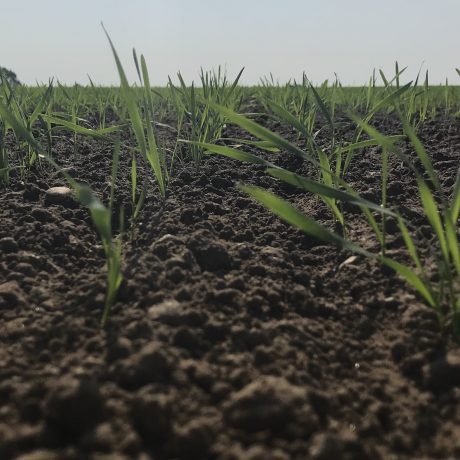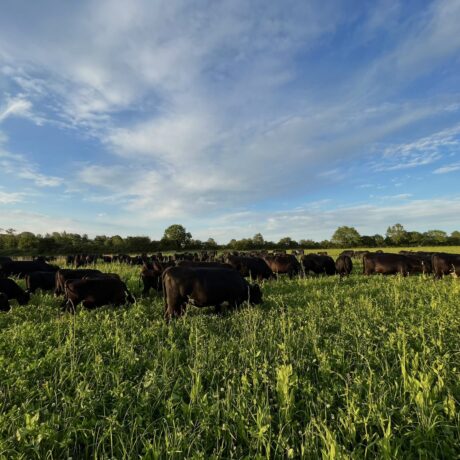One Year On: Biodiversity Net Gain in Action
Chloe Timberlake
Aug, 07 2025It is now over a year since the introduction of mandatory Biodiversity Net Gain (BNG). The Environment Act 2021 stipulates a minimum compulsory requirement of 10% uplift for a 30-year period, however some local planning authorities are requiring a greater uplift to offset development. Around half of BNG requirements are currently delivered on-site by developers due to ease and cost efficiencies. A multiplier associated with trading outside the site’s National Character Area incentivises developers to seek options in closer proximity to the development.
Supply and demand between areas varies greatly, with trading and habitat banks now established in some regions, with others still lacking. Naturally, demand for units is highest around areas experiencing greatest expansion, particularly in a belt between Oxford and Cambridge, and one extending into Essex from London. We have seen an upturn in trading in these areas, particularly of a lesser number of units, to fulfil smaller residential developments.
Demand for units also varies between habitat type created. Grassland is more frequently created, due to ease of arable reversion and therefore unit price is diluted as a result. Watercourse units are conversely short in supply and therefore attract a premium price.
Labour’s intentions to reform the planning system will likely create greater opportunity for landowners to provide off-site habitat banks, as more development is given the ‘green light’. It is anticipated that BNG will be introduced for Nationally Significant Infrastructure Projects from May 2026, which will also create a greater demand for sites.
However, there are changes proposed to the Environment Bill which Defra consulted on in July. A notable proposal is to exempt all minor development. This is purported to have the effect of removing up to 1500ha per year from BNG obligations and therefore reducing demand for off-site biodiversity units. The consultation confirms that although individual transactions for minor developments require fewer units than the average, and they are on average for lower unit values, they represent 80% of the transactions to date. This could undermine emerging nature markets, but conversely would remove onerous red tape and barriers for private landowners and small developers, which is currently a restriction on growth.
Local nature recovery strategies are an outcome of the Environment Bill and 48 responsible bodies have been chosen throughout England to implement these strategies. Each responsible authority should agree on priorities for nature recovery within their area and identify geographical locations where these should be targeted. Local nature recovery strategies have implications for BNG as habitat banks created within these targeted locations will receive a 15% increase on biodiversity value. The responsible authorities have different timescales for producing their plans, however we are expecting to see most plans published by the end of this year, following a public consultation process.
Uncertainty over Government grant schemes will undoubtedly shift the focus towards other sources of farm income, including private nature finance solutions. BNG offers a feasible consideration for some, helping to supplement income, as well as helping to mitigate declines to nature.
Looking for advice? We’re here to help.
We are closely monitoring developments in Biodiversity Net Gain and the wider environmental policy landscape. If you have any concerns or would like tailored guidance on how these changes may impact your land, development plans, or biodiversity strategies, please don’t hesitate to contact us.





